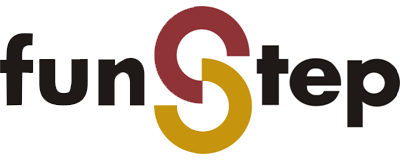funStep© is the international standard (ISO 10303-236) of information interchange specific to the furniture sector. The standard is developed so that it takes care of the sector needs relative to the communication between different computing systems, covering both designs aspects such as those of a technical office, catalog information, decoration and interior design.
funStep© objective is to offer a neutral mechanism to describe products through their lifecycle. This mechanism is not only suitable as a neutral file interchange method, but also as a base to implement and share product databases and it is not a cataloging base.
It is not a proprietary standard. The standard deals with information related to the amount of variability that can be produced in a piece of furniture.
…thousands, hundreds of thousands variants for the same products in addition to the specifications defined by the users.
The retailers receive catalogs from different manufacturers with different information formats, different systems, and different methodologies, trying to analyze the relevant information for the company within this huge pool of data to shape their retail catalog.

Each furniture manufacturing company, due to their own needs… is working with different business tools (interior decoration software, ERPs …), with a ‘slight’ integration between…
- Different applications internal to the company
- Different applications similar used in different companies
The main objetive is to avoid that the furniture manufacturer feel ‘tied’ to a software application for ever. He/She should be able to choose the most convenient one and at the same time, feel good about importing or exporting the catalog information to other applications or migrate to another system, etc.
Some clear specific business benefits are:
- Save time and money in internal communication; catalogue creation and distribution; product design and administrative tasks.
- Improve products and services reducing turn-around time; quickening the exchange of commercial information with clients regarding orders, invoices and quotes, etc.; enabling the immediate availability of information and reducing the errors in the management of catalogs and orders.
- Apply innovative methods with minimum disruption to existing work practices
- Share information between the different life cycle processes in product development;
- Avoid maintaining duplicate information;
- Export information from design software to use it with ERP applications
- Export design and graphical information from design software and allow your customers to import that information into home decoration applications.
- Access to new markets: publish your catalogue in foreign marketplaces;
- ‘Type once, publish everywhere’ paradigm.
- Avoid getting locked-in with proprietary tools and formats that may disappear in the near future;
- Get wide support from the industry;
- Ease maintenance of product information across the company.
